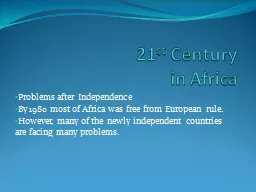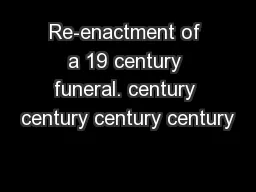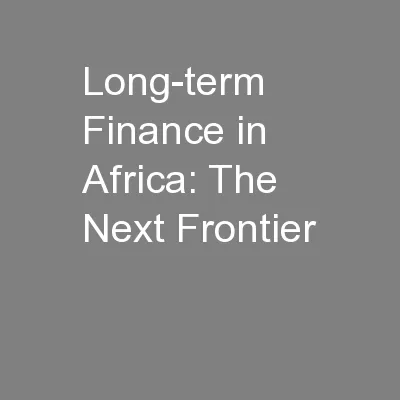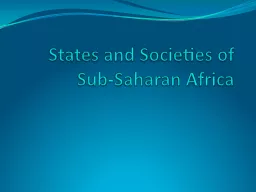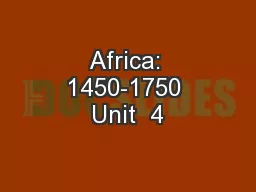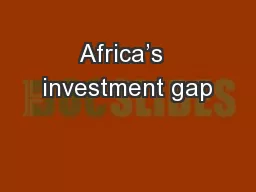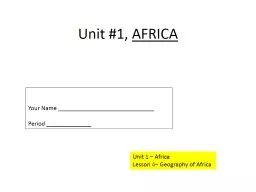PPT-21 st Century in Africa
Author : pamella-moone | Published Date : 2018-12-04
Problems after Independence By 1980 most of Africa was free from European rule However many of the newly independent countries are facing many problems Key Vocabulary
Presentation Embed Code
Download Presentation
Download Presentation The PPT/PDF document "21 st Century in Africa" is the property of its rightful owner. Permission is granted to download and print the materials on this website for personal, non-commercial use only, and to display it on your personal computer provided you do not modify the materials and that you retain all copyright notices contained in the materials. By downloading content from our website, you accept the terms of this agreement.
21 st Century in Africa: Transcript
Download Rules Of Document
"21 st Century in Africa"The content belongs to its owner. You may download and print it for personal use, without modification, and keep all copyright notices. By downloading, you agree to these terms.
Related Documents

